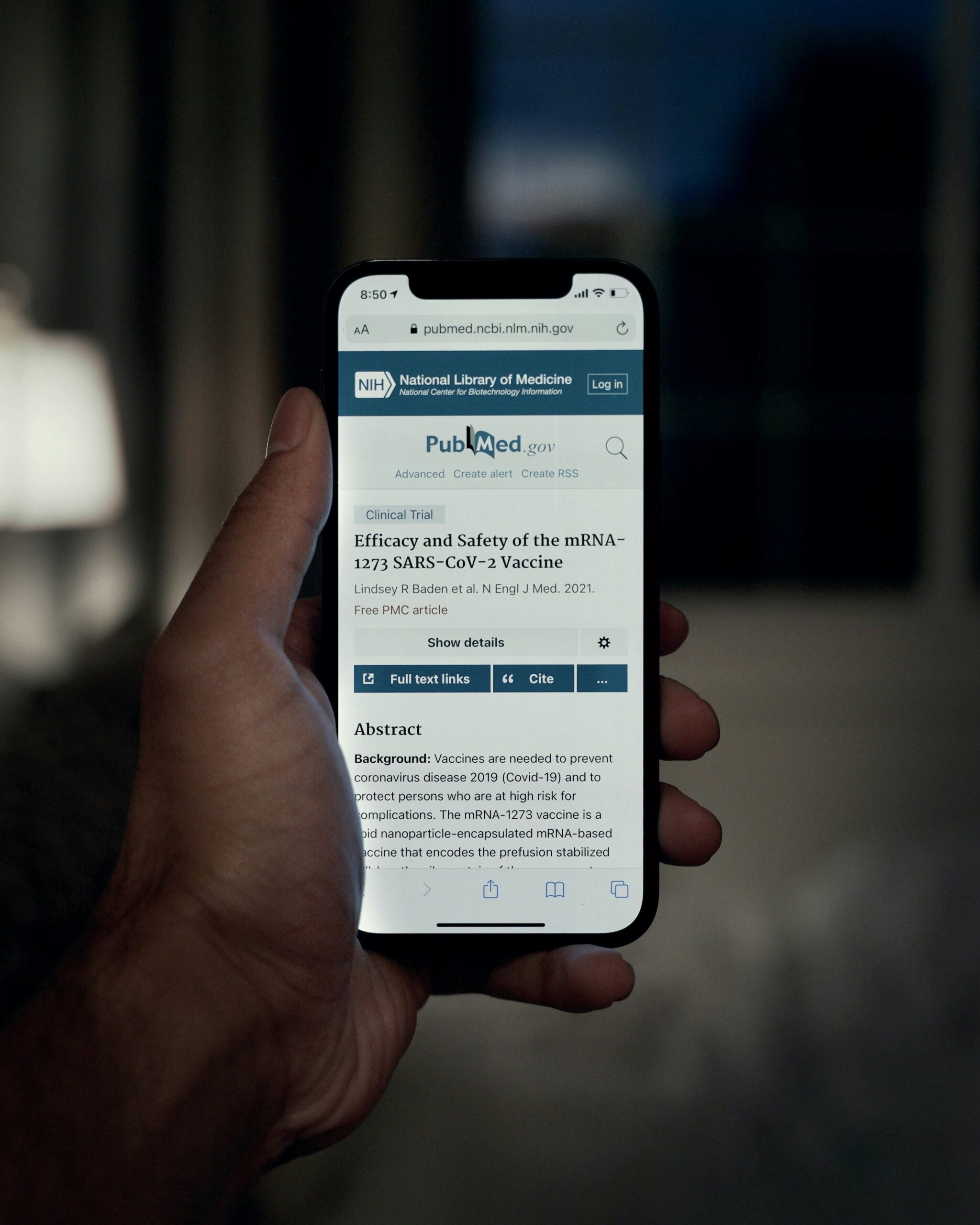Imagine being able to see distant objects with crystal-clear clarity, almost as if they were right in front of you. Sounds like something out of a sci-fi movie, right? Well, it’s not! You can actually experience this incredible sensation with a nifty little device called a monocular. But what exactly is a monocular? Simply put, it’s a compact and lightweight telescope that you hold with one hand, providing you with a close-up view of objects in the distance. Whether you’re an avid birdwatcher, nature enthusiast, or an adventurer seeking to explore the great outdoors, a monocular is an indispensable tool that will undoubtedly enhance your visual experiences. So, let’s take a closer look at what makes this gadget so special. A monocular is a small, portable optical device that allows you to see distant objects more clearly. It is often used as a substitute for binoculars when you need a lightweight and compact viewing solution. With its single lens system, a monocular offers a similar function to binoculars, but in a more streamlined and convenient form.
Basic description of a monocular
A monocular typically consists of a tubular body with an objective lens at one end and an eyepiece at the other. The objective lens gathers light from the object you’re looking at and directs it to the eyepiece, which magnifies the image for your eyes to see. The overall design of a monocular is sleek and ergonomic, allowing for easy handling and comfortable viewing.
Distinguishing features of a monocular
One of the key distinguishing features of a monocular is its size and weight. Unlike binoculars, which require two lenses and a bridge connecting them, a monocular has a single lens, making it significantly lighter and more portable. This makes it an excellent choice for outdoor enthusiasts, hikers, birdwatchers, and anyone who wants to have a magnification tool on hand without the bulk. Additionally, many monoculars are waterproof and fog-proof, ensuring durability and usability in various weather conditions.
Origins of the monocular
The monocular has a long and intriguing history. The earliest known use of a monocular-like device can be traced back to the 17th century. These early monoculars were simple, handheld telescopes that allowed individuals to see distant objects more clearly. Initially used primarily for scientific purposes, monoculars soon found their way into military applications. Their compact size and ability to provide enhanced vision made them valuable tools in navigation and reconnaissance.
Evolution of design and usage over time
Over time, the design and usage of monoculars have evolved significantly. From the early handheld telescopes, monoculars evolved into more complex and sophisticated devices. The addition of prisms, such as Porro or roof prisms, allowed for a more compact and ergonomic design. This advancement made monoculars not only more portable but also more comfortable to use. As technology progressed, monoculars also began to feature additional functionalities such as built-in rangefinders and image stabilization.
Use in hunting or outdoor recreation
Monoculars are widely used in hunting and outdoor recreation activities. Their small size and lightweight nature make them easy to carry while exploring nature or tracking game. Hunters and outdoor enthusiasts rely on monoculars to observe prey from a distance, assess the terrain, and spot potential dangers. With their ability to magnify distant objects, monoculars greatly enhance the overall experience and success of these activities.

Use in military and law enforcement
In the military and law enforcement sectors, monoculars play a crucial role. They are used for tactical purposes, such as surveillance, target acquisition, and reconnaissance. Monoculars provide officers and soldiers with a compact and versatile tool for gathering information, assessing threats, and conducting surveillance operations. These devices often come equipped with features like night vision capabilities, rangefinders, and digital image enhancements.
Usage in astronomy
Monoculars also find their place in the field of astronomy. While telescopes have traditionally been the go-to choice for stargazing, monoculars offer a more portable and accessible option. They allow hobbyists and amateur astronomers to observe celestial objects with ease and convenience. Whether you’re attending a star party or simply exploring the night sky from your backyard, a monocular can provide a unique perspective and bring the wonders of the universe closer to you.
The objective lens and its role
The objective lens is one of the essential components of a monocular. Located at the front of the device, it gathers light from the subject you are viewing and directs it towards the eyepiece. The size and quality of the objective lens are crucial factors that determine the monocular’s light-gathering ability and image clarity. Larger objective lenses generally offer brighter and more detailed images, although they may also contribute to a larger and heavier monocular.
The eyepiece and viewing
The eyepiece, located at the opposite end of the monocular from the objective lens, is where you place your eye to view the magnified image. It is responsible for further magnifying the light that passes through the objective lens. The quality of the eyepiece greatly influences the clarity and sharpness of the image. Many monoculars offer adjustable eyepieces to customize the focus and accommodate individuals with different visual needs.
Prisms and their function in the monocular
Prisms are an integral part of many monoculars, especially those with a compact design. Prisms serve the purpose of correcting and redirecting the incoming light to produce an upright and correctly oriented image. There are two main types of prisms used in monoculars: Porro prisms and roof prisms. Porro prisms generally provide a wider field of view and a more traditional shape, while roof prisms contribute to a sleeker and more compact monocular design.

Principle of light refraction
To understand how a monocular works, it’s important to grasp the principle of light refraction. When light passes through a lens, it bends or refracts, allowing the lens to focus the incoming light rays. This bending effect is what enables a monocular to magnify objects. By manipulating the shape and curvature of the lens, monoculars can alter the path of light, resulting in a magnified and clearer image.
How the monocular magnifies the image
A monocular achieves magnification by using a combination of lenses. The objective lens gathers the light and directs it towards the eyepiece. Within the eyepiece, additional lenses further magnify the image, allowing it to appear larger and closer than it actually is. The overall magnification power of a monocular is determined by the ratio of the focal lengths of the objective lens to the eyepiece. It is important to note that while magnification brings distant objects closer, it also narrows the field of view.
Adjusting focus in a monocular
Most monoculars offer a focus adjustment mechanism to ensure a sharp and clear image. By moving the eyepiece, you can adjust the focus to suit your visual needs. Some monoculars feature a central focusing knob, allowing you to quickly and effortlessly adjust the focus with one hand. Others may require individual adjustments of the objective lens and eyepiece. It is important to familiarize yourself with the specific focus adjustment mechanism of your monocular to achieve optimal viewing quality.
Fixed focus versus adjustable
Monoculars may fall into one of two categories: fixed focus or adjustable focus. Fixed focus monoculars are pre-focused and offer a set magnification. They are convenient for quick and easy viewing but may not provide as much flexibility. On the other hand, adjustable focus monoculars allow you to manually adjust the focus and adapt to different viewing distances. They offer greater versatility but may require more time to achieve optimal focus.
Night vision monoculars
Night vision monoculars are specially designed to enhance visibility in low-light or nighttime conditions. They incorporate technologies such as infrared illuminators or thermal imaging to capture and amplify available light. Night vision monoculars are widely used by law enforcement, military personnel, and outdoor enthusiasts who require extended capabilities after dark. They enable clearer observation of subjects that would otherwise be difficult to see with the naked eye in the dark.

Compact versus full-size monoculars
Monoculars come in a range of sizes, with two main categories being compact and full-size. Compact monoculars are small and lightweight, making them perfect for carrying in a pocket or on a keychain. They offer great portability and convenience, but their smaller objective lenses may result in reduced light-gathering capabilities and image clarity. Full-size monoculars, on the other hand, have larger objective lenses, providing brighter and more detailed images. However, they tend to be bulkier and may require a carrying case or strap.
Benefits of a monocular’s size and weight
One of the major advantages of using a monocular is its size and weight. They are significantly smaller and lighter than binoculars, making them easier to carry and handle. Whether you’re hiking, birdwatching, or attending a sporting event, a monocular can comfortably fit in your backpack or pocket without adding unnecessary bulk. Additionally, the compact size of a monocular allows for quick and discreet access when needed. You can easily whip it out for a closer look without drawing too much attention.
Limitations of a single viewpoint
While monoculars offer fantastic benefits, they also have some limitations. One of the main drawbacks is their single viewpoint. Unlike binoculars, which provide a wider and more immersive viewing experience, monoculars can only render a view with one eye. This limitation affects depth perception, especially when viewing objects or subjects that require a three-dimensional perspective. However, with practice, users can learn to compensate for this limitation and still enjoy detailed and focused viewing.
Comparison with binoculars and other optical devices
When considering a monocular, it’s important to weigh its pros and cons against other optical devices. Binoculars, with their dual lenses, offer a more immersive and three-dimensional viewing experience. They provide a wider field of view and better depth perception. However, binoculars are generally bulkier and heavier than monoculars, which can be a drawback for those seeking a compact and lightweight option. Other optical devices, such as spotting scopes and telescopes, each have their own specific uses and strengths, but may not offer the same versatility and portability as monoculars.
Key factors to consider
When buying a monocular, there are several key factors to consider. One of the most important considerations is the magnification power. Monoculars typically come in a range of magnification options, such as 8x, 10x, or even higher. The choice depends on your specific needs and preferences. It’s also essential to consider the objective lens diameter, as this affects the brightness and clarity of the image. Other factors to consider include the overall build quality, durability, waterproofing, and the presence of additional features like image stabilization or range finding capabilities.
Common price ranges
The price of a monocular can vary depending on multiple factors, including the brand, quality, and additional features. Entry-level monoculars can be found for as low as $20 to $50, offering basic functionality and acceptable image quality. Mid-range monoculars usually fall within the $50 to $150 range, offering better image clarity and additional features. High-end monoculars, often priced above $150, provide superior optics, durability, and advanced features like built-in rangefinders or night vision capabilities.
Top monocular brands
When looking for a reliable and reputable monocular, it’s worth considering some of the top brands in the market. These include Nikon, Bushnell, Vortex, Celestron, and Leica. These brands have established themselves as leaders in the optics industry, known for producing high-quality and durable monoculars. By choosing a well-known brand, you can have more confidence in the product’s performance and customer support.
Proper cleaning techniques
To maintain the optimal performance and longevity of your monocular, proper cleaning techniques are essential. Avoid using harsh chemicals or abrasive materials that may scratch the lenses or damage the coatings. Instead, use a soft cleaning cloth or a lens cleaning pen designed specifically for optics. Gently wipe the lenses in a circular motion to remove any smudges or fingerprints. If the lenses require more thorough cleaning, use a lens cleaning solution recommended by the manufacturer.
Storage recommendations
When not in use, it is important to store your monocular properly to protect it from dust, moisture, and other potential damage. Ideally, use a protective case or pouch specifically designed for monoculars. This will shield it from external elements and prevent accidental scratches. Additionally, store your monocular in a cool and dry environment, away from direct sunlight and extreme temperature fluctuations. Proper storage will help ensure the longevity and performance of your monocular.
Handling and care suggestions
Proper handling and care of your monocular are vital to prevent accidents and maintain its functionality. Avoid dropping or subjecting your monocular to impacts that could damage the internal components or lenses. When using a monocular outdoors, be mindful of its exposure to water, dust, and other environmental factors. If your monocular is not waterproof or fog-proof, keep it protected during rainy or humid conditions. Lastly, always read and follow the manufacturer’s instructions and guidelines for safe and proper use of your specific monocular model.
Potential technological advancements
As technology continues to advance, the future of monoculars holds exciting possibilities. One potential advancement is the integration of augmented reality (AR) technology into monoculars. This could enhance the viewing experience by overlaying digital information onto the real-world image seen through the monocular. Additionally, advancements in image stabilization, optics, and lens coatings may further improve image quality, making monoculars even more versatile and capable.
Possible new applications and uses
With evolving technology and changing needs, new applications and uses for monoculars may emerge. For example, monoculars equipped with advanced image recognition technology could be used for identification purposes, such as spotting wildlife or identifying plants. Monoculars with built-in GPS and navigational features could assist travelers by providing real-time information about their surroundings. The possibilities are vast, and as innovation continues, monoculars may find their way into new and exciting domains.
In conclusion, a monocular is a compact and lightweight optical device that offers enhanced vision and magnification. Its single lens system, combined with the latest advancements in optics and design, makes it a versatile tool for various applications. From outdoor recreation and hunting to military and law enforcement, monoculars have proven their worth and continue to evolve. By understanding the components, working principles, and different types of monoculars, you can make an informed decision when choosing the perfect monocular for your needs. With proper maintenance and care, your monocular will provide you with clear and detailed views for years to come, opening up a whole new world of observation and exploration.
